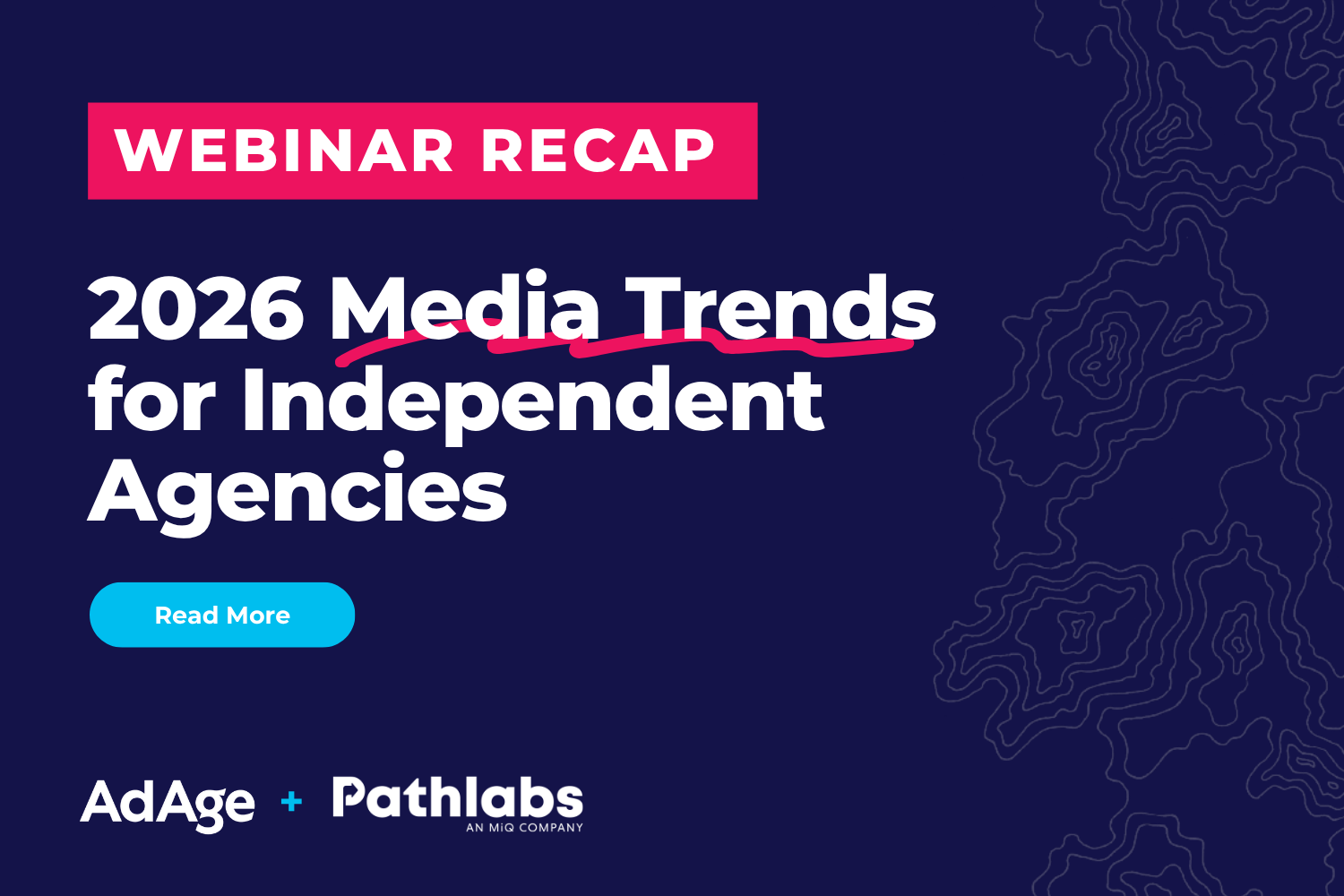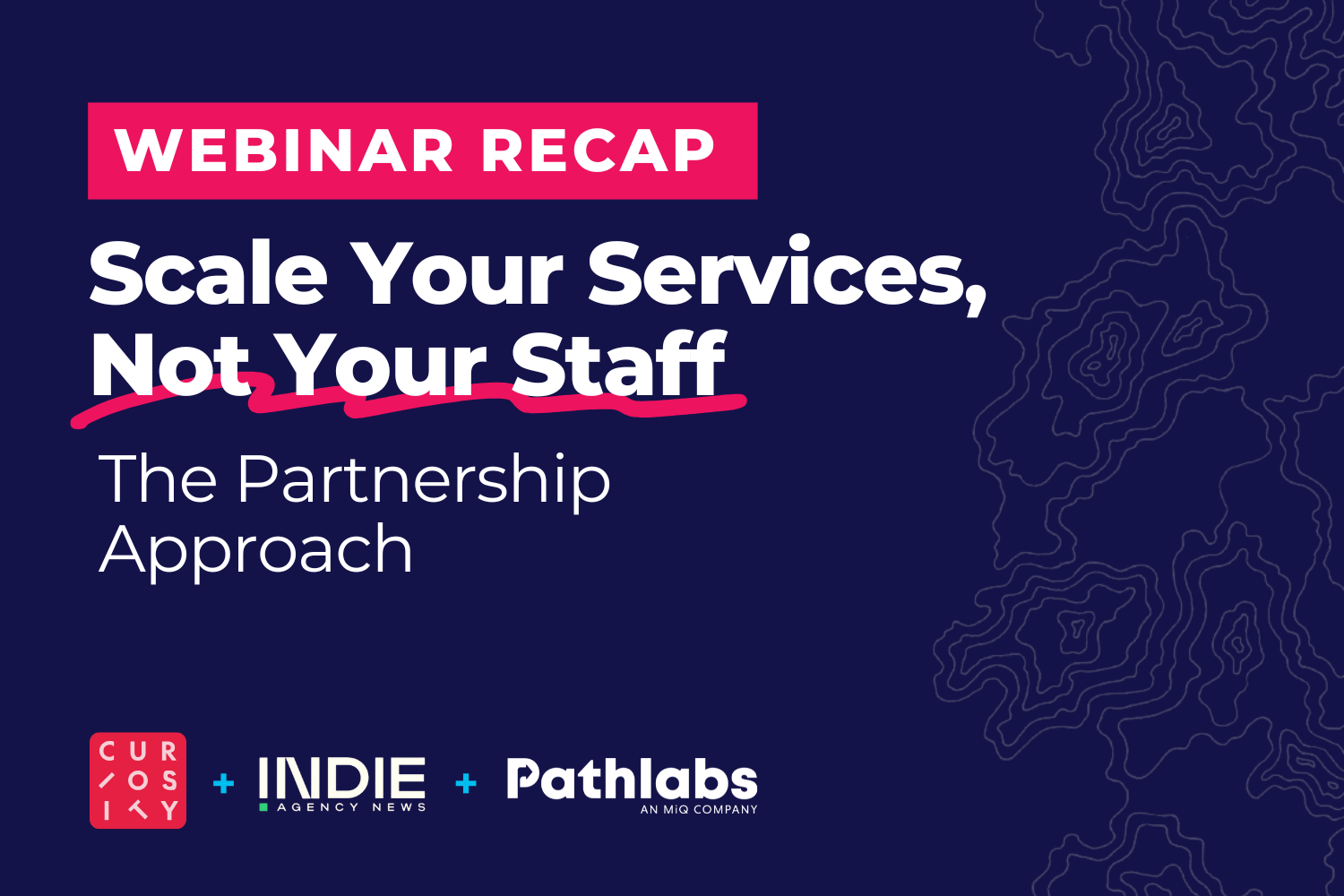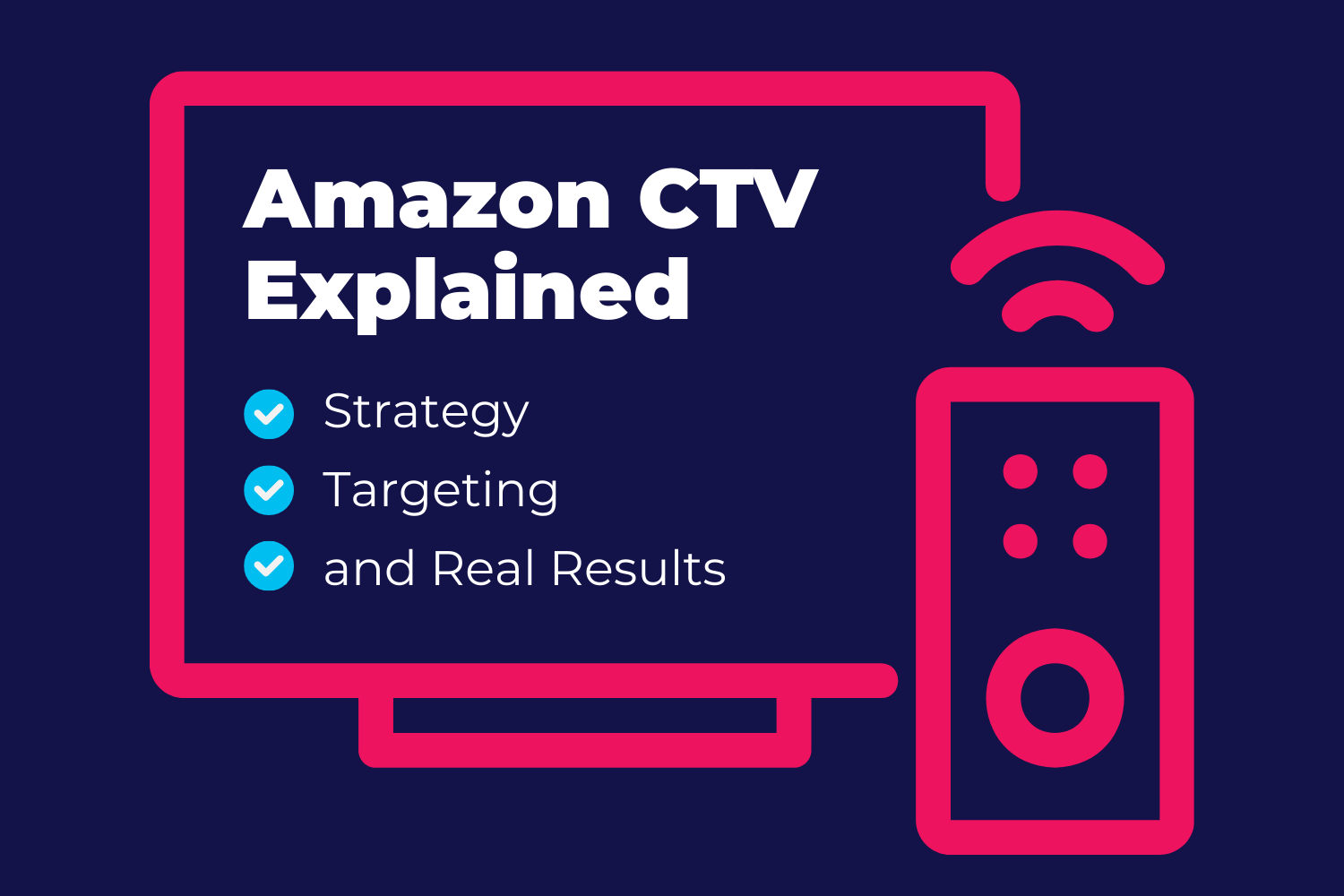7 Platform Updates That Will Define Independent Agencies In 2026
| Pathlabs Marketing |
| October 28, 2025 |
CONTENTS
Your team has access to dozens of platforms and tools, but how many actually drive measurable business outcomes?
2025 has been a busy year for advertisers. Platforms have released a wave of new metrics, dashboards, and automation tools that promise sharper insights and faster decision-making. For independent agencies, the pace of change is both exciting and demanding. More tools mean more potential and more complexity.
The challenge isn't keeping up with what's new. It's deciding what's useful.
Heading into 2026, the agencies that win will be the ones that separate meaningful innovation from marketing hype. This post examines the seven 2025 releases that caught our attention and explains how agencies can leverage them efficiently to enter 2026 ahead of the curve.
1. Amazon DSP + Roku Integration
Amazon's partnership with Roku provides advertisers with access to approximately 80 million U.S. CTV households through authenticated user data, bridging Roku's streaming inventory with Amazon's retail insights. For agency leaders, it means CTV campaigns can be measured at the household level, reducing wasted impressions and controlling frequency across devices.
The real value lies in identity. Amazon and Roku's shared data foundation enables advertisers to connect exposure to purchase behavior directly, providing a clearer view of what drives real outcomes.
In fact, early testing of the integration showed advertisers reached 40% more unique viewers without increasing their budgets while reducing ad frequency by nearly 30%, delivering triple the value for the same ad spend.
While the Amazon–Roku partnership unlocks logged-in reach and cleaner household data, the setup is still complex. Independent agencies need unified data pipelines and consistent identity matching to manage frequency accurately across platforms. Without those connections, deduplication can break down, making it difficult to verify whether campaigns are reaching new viewers or overserving existing ones.
Indie Agency Takeaway:
Combines Roku's streaming reach with Amazon's commerce data
Improves frequency control and deduplication across devices
Links CTV exposure to measurable sales outcomes
2. Nielsen Outcomes Marketplace
Nielsen's new Outcomes Marketplace combines metrics for awareness, attention, and conversion within the Nielsen ONE platform. With data from multiple partners, the platform creates a single view of campaign effectiveness.
This is an equalizer. Instead of relying on siloed metrics or expensive third-party studies, teams can access enterprise-level measurement directly through Nielsen's interface. It's designed to shift conversations from "how many people saw it" to "what did it achieve."
Using the Outcomes Marketplace effectively takes more than access. Many agencies struggle to translate attention, awareness, and conversion metrics into clear optimization actions. The platform produces large datasets that require analytical skill to interpret, and without that layer, the insights often stay at the reporting stage instead of influencing campaign decisions.
Indie Agency Takeaway:
Merges awareness, attention, and conversion metrics in one platform
Simplifies cross-channel performance tracking
Helps agencies prove business outcomes, not just media delivery
3. Google Ads: Performance Max Transparency Updates
Performance Max campaigns have grown fast, but their "black box" nature makes them harder to manage. In 2025, Google added channel performance reports and new asset insights that reveal where spend goes and which placements drive results.
For teams managing cross-channel budgets, this new transparency is crucial. The Channel performance reports show how impressions, clicks, and conversions are distributed across YouTube, Search, Display, Gmail, Maps, and Discover.
However, advertisers still cannot fully control individual placement decisions. Google’s algorithm determines the final distribution of content across its networks.
Indie Agency Takeaway:
Adds detailed reporting for channel and asset performance
Improves budget allocation across Google networks
Increases accountability and client trust in automation
4. Microsoft Advertising Copilot
Microsoft's 2025 update to Copilot for Advertising uses AI to help teams write ad copy, build campaigns, and summarize reporting data. The appeal is speed. Copilot automates setup tasks that once took hours, freeing teams to focus on creative and strategic work.
Rather than replacing human input, it supports it. Agencies can create campaigns faster, maintain consistency across clients, and reduce manual errors, all while delivering insights more efficiently.
Copilot assistance speeds up campaign setup, but it also introduces risk. AI-generated recommendations can overlook brand nuance and audience intent if not reviewed carefully.
Indie Agency Takeaway:
Automates campaign setup, reporting, and ad copy creation
Frees up time for multi-account management
Boosts consistency and reduces manual workload
5. Amazon Marketing Cloud (AMC) Access
Amazon Marketing Cloud (AMC) became far more accessible in 2025. New templates, guided queries, and AI assistance removed the need for SQL or technical expertise. Now, independent agencies can use AMC to analyze path-to-conversion, incremental reach, and audience overlap directly within Amazon's clean-room environment.
This shift gives indie agencies access to the same advanced insights once reserved for enterprise advertisers. It also supports the creation of custom audiences for Amazon DSP campaigns, connecting upper-funnel exposure with lower-funnel performance.
AMC no-code tools are powerful, but they still require well-structured first-party data pipelines to deliver meaningful insights. Agencies should ensure data quality before diving into advanced analysis.
Indie Agency Takeaway:
Opens AMC to non-technical teams with no-code templates
Enables lift and path-to-conversion analysis for DSP campaigns
Expands audience precision with verified first-party data
6. Meta's New AI Signal Policy
In late 2025, Meta began using conversations with Meta AI as privacy-safe targeting signals (outside the EU, UK, and Korea). This marks a move toward contextual personalization, where ad relevance comes from in-platform activity rather than third-party tracking.
For agencies, this changes how audience targeting and creative testing work. As cookies disappear, these AI-derived signals will influence how ads are matched to intent and interest. The shift is significant but still evolving. Meta is navigating both technical implementation and user privacy concerns as this capability expands.
Meta’s shift toward using AI-generated conversational signals is promising but unpredictable. Agencies currently have limited visibility into how these new signals are weighted or combined with existing targeting data. That opacity makes creative testing and audience refinement difficult, especially as privacy rules and model updates continue to evolve.
Indie Agency Takeaway:
Uses Meta AI chat interactions as new ad signals
Supports privacy-first audience personalization
Encourages contextual creative strategies over behavioral tracking
7. iSpot "Fast Outcomes" For TV And Streaming
iSpot's Fast Outcomes launched to give advertisers next-day performance data for TV and streaming campaigns. Instead of waiting weeks for post-campaign reporting, agencies now get near-real-time insight into conversions, search lift, and traffic impact.
For agencies managing blended media portfolios, this helps optimize campaigns mid-flight. Fast measurement also supports better integration between linear TV and digital performance metrics, bridging a gap that's frustrated advertisers for years.
Fast Outcomes shortens reporting cycles, but interpreting the data still requires sophistication. Linear and streaming impressions often overlap, and attribution models can inflate or undercount conversions if not configured correctly. Agencies without integrated TV and digital tracking systems can find it challenging to make fast, confident adjustments based on near-real-time feedback.
Indie Agency Takeaway:
Provides near-real-time results for TV and streaming
Connects traditional broadcast to digital outcomes
Allows faster campaign optimization and spend adjustments
The Opportunity For 2026: Turn Tools Into Strategy
Each of these tools reflects a larger truth: innovation alone isn't enough. What matters is what you can use consistently and confidently. The agencies that win in 2026 won't be the ones with the most logins or dashboards. They'll be the ones who know how to turn the right tools into reliable systems.
That's exactly where Pathlabs' Media Execution Partner (MEP) model delivers value.
As an MEP, Pathlabs stays current with emerging tools and platform capabilities so agencies don't have to. We monitor releases, evaluate their practical applications, and help agencies operationalize what's proven without disrupting existing workflows or requiring months of internal training.
With dozens of new metrics and AI features arriving each quarter, having a partner focused on filtering practical innovation from platform marketing gives independent agencies a true competitive edge.
Take The Next Step: Audit Your Tech Stack With Pathlabs
2025 gave independent agencies more access to advanced metrics and platforms. But access doesn't guarantee clarity or results. Success in 2026 will come from mastering the difference between what's new and what's useful.
Ready to separate signal from noise?
Schedule a call with Pathlabs. We'll review your current tool stack, identify gaps where 2026 capabilities could improve performance, and show you exactly how we help agencies implement what matters, without the distraction of what doesn't.









